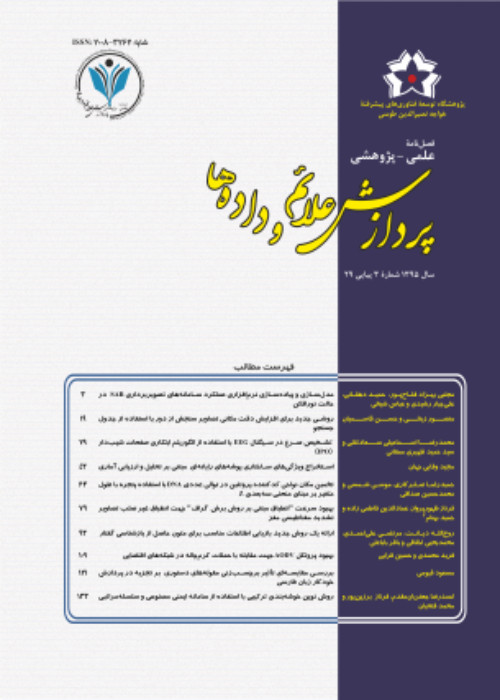Improving accuracy of Acoustic Tomographic data using Phase-Space Thresholding method
The acquisition of reliable flow velocity and streamflow estimates is vital and essential in aquatic studies. Acoustic Tomography Technology is a branch of remote sensing science which innovatively developed for continuous monitoring of surface water currents in oceans, seas, and in recent years in rivers and is a promising method to measure Flow characteristics such as velocity & discharge with high accuracy and continuously in time. The output of this system impressed by the influence of unknown factors and after the initial processing of raw data, some spikes appear in the data. Although the developers of this system have stated that a source of spurious data can be a complex salinity distribution in estuarine regions, failure to identify these outliers will cause errors in measurements and increase the error of data mining and time series forecasting algorithms. In the previous studies, the spikes removed using the standard deviation method without any replacement. In this study, Phase-Space Thresholding (PST) is proposed to detect and remove the spikes, which was developed for despiking output of Acoustic Doppler Velocimeter (ADV) data. This method combines three concepts: 1) the differentiation enhances the high-frequency portion of a signal, 2) the expected maximum of a normal, random series is given by the universal threshold, and 3) the good data cluster in a dense cloud in phase space. These concepts are used to construct an ellipsoid in a three-dimensional phase-space, then points which lie outside the threshold ellipsoid are designated as spikes. An important advantage of this method in comparison with various other methods is that it requires no parameters. Furthermore, another advantage of this method against the standard deviation method is the replacement of detected spikes with a reliable value. for replacement of detected spike’s values, we used the mean value of two adjacent data points on either side of the detected spike. After 6 iterations of implementing the PST method on the input dataset a total of 8017 data, which is 32% of 25031 data were identified as spikes and replaced with a correct value. Moreover, the standard deviation value before despiking was 0/206 and after applying the PST method improves to 0/119. This change in standard deviation value shows that the data dispersion around signal mean reduces due to despiking process. The results show that the PST method has higher accuracy in comparison with the standard deviation approach. Finally, it was observed that the comparison of the relative discharge error between the output of the PST method and the rating curve data (as a reference) is almost less than 20%. While this value exceeds 50% in the comparison between the standard deviation and the rating curve data.
- حق عضویت دریافتی صرف حمایت از نشریات عضو و نگهداری، تکمیل و توسعه مگیران میشود.
- پرداخت حق اشتراک و دانلود مقالات اجازه بازنشر آن در سایر رسانههای چاپی و دیجیتال را به کاربر نمیدهد.


